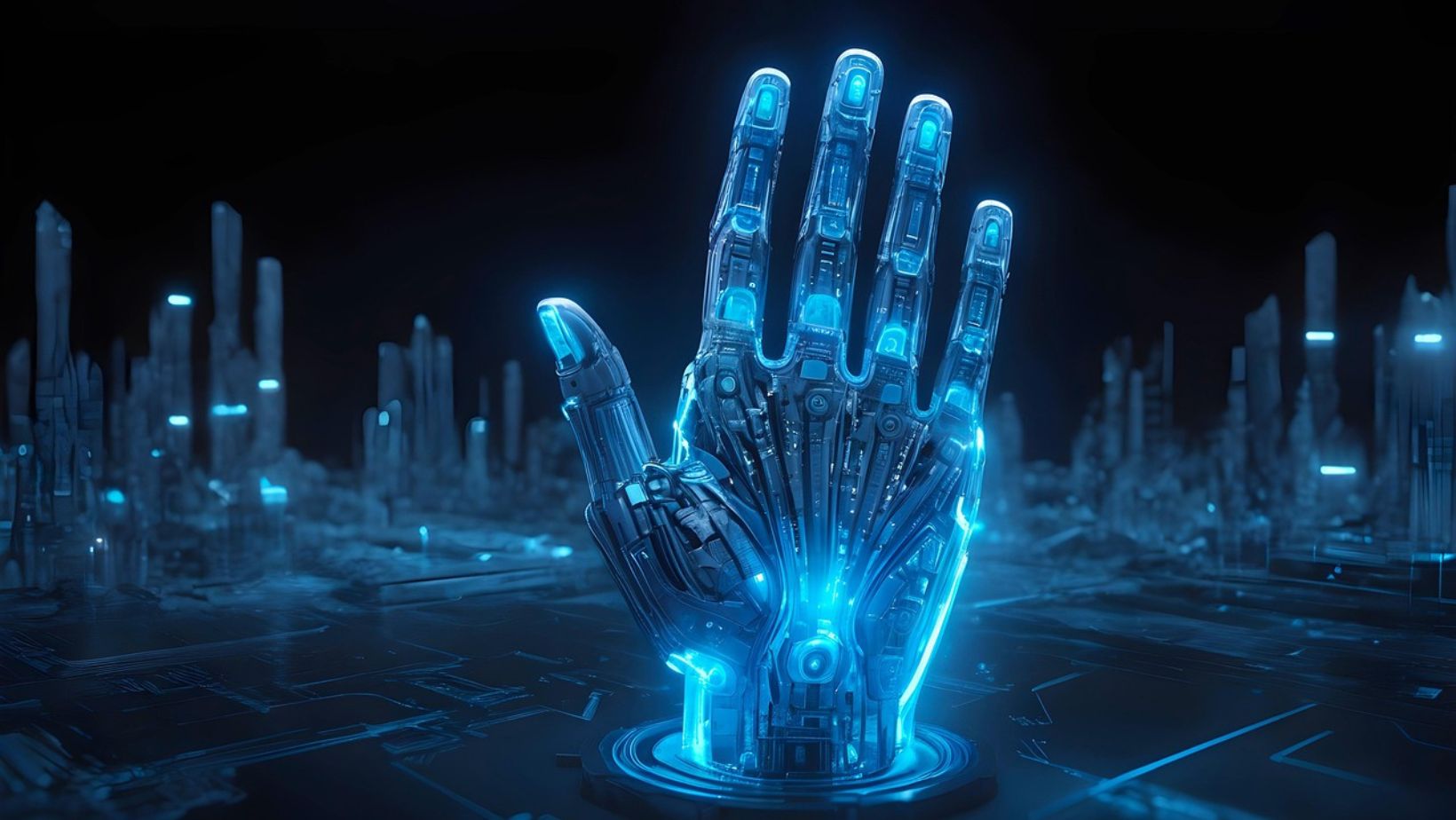Artificial intelligence is one of the most promising technologies humanity has invented. It provides powerful creative and professional tools, it lowers business costs, and, best of all, it’s only going to get better. However, AI implementation is a double-edged sword. As the technology becomes more widespread, it’s increasingly pushed into areas where it offers no real advantages, and this creates an issue. How do you know when implementing AI technology is actually useful and when it offers no real benefit?
Avoid Reinventing the Wheel
The best starting position for AI integration is to consider whether it’s being used as a marketing gimmick. Similar to terms like “bespoke” and “synergistic,” AI can be used as an empty signifier. As discussed over at Newsweek, there are products like smart toothbrushes that integrate AI support while offering no real reason for its inclusion. In instances like these, inserting computer chips might help increase the price and gain attention, but they deliver no appreciable benefits to users.

Following the Experts
If you’re like most of us and don’t have expertise in AI yourself, then the best approach can be to leverage the opinions and work of experts. If a major business is using AI and seeing better results from it, then this can be a positive indication of that specific use case. If they stick to human-led methods, then AI might not yet be worth integrating into that field.
For an example of the latter, consider modern online house-buying services available across the UK. WeBuyAnyHome’s sell house fast service can provide free cash offers with no hidden fees and helps thousands of people each year. While this company does use computer search systems like any modern business, they don’t yet fully embrace modern generative models of AI because they’re not quite developed enough. If the experts in selling homes on a national scale don’t use AI tech, then it’s probably not worth it for an amateur, either.
Trust What You Can Verify
Using AI in your personal work is advisable only if you already possess an expert eye in the field in which you wish to use it. If you don’t understand what professionals regard as acceptable output, then using AI can provide results of unacceptably low quality. The most famous example of this comes from generative AI’s creation of hands, as noted over at ArtUK. If the hands are a small part of the picture, the average user might not notice it has six fingers, but a professional surely will.

In other words, if you do want to use AI in your creative process, you need to check the output constantly for mistakes. Often, AI can create a convincing result 95% of the time, but that last five percent can let it down. If you can detect and eliminate these errors, you might have found a major time-saver.
The big takeaway here is that AI is a tool, and just like any tool, it’s only as good as its craftsmen. With the right implementation and oversight, AI can be a godsend in creating more effective and efficient output, but it can’t always reach these heights. If you want to implement AI, check its output diligently so you can be more confident with its results.
